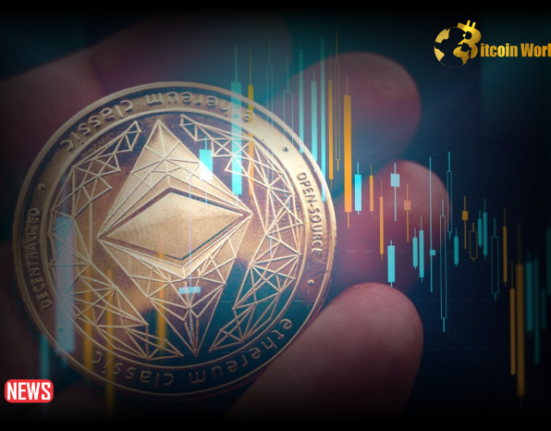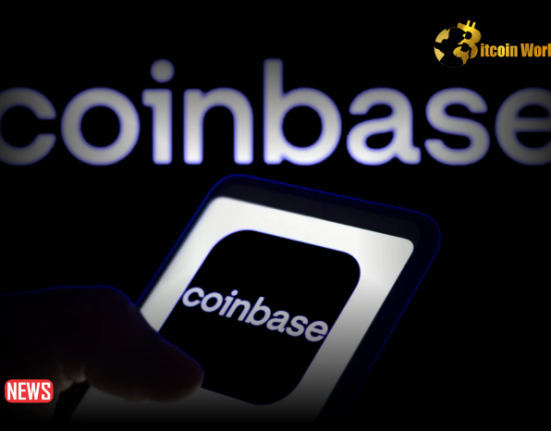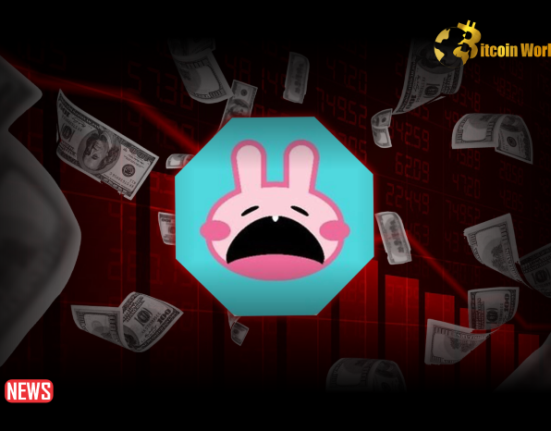This cycle has been supercharged by speculation and yield, all the way back to the first Grayscale Bitcoin Trust premium arbitrage opportunity. Because of this chance in the market, hedge funds and trading shops from all over the world borrowed more money to get the premium spread. It was a good time to make money, especially at the beginning of 2021, before the trade fell apart and became the large discount we see today.
The same thing happened in the perpetual futures market, where average annualized funding rates for 7 days reached 120% at their highest point. This is the annual yield that short positions in the market thought long positions were paying long positions. Just in the GBTC and futures markets, there were a lot of opportunities for yield and quick returns, and that’s not even counting the bucket of DeFi, staking tokens, failed projects, and Ponzi schemes that were creating even higher yield opportunities in 2020 and 2021.
There is a continuous, negative feedback loop in which higher prices lead to more speculation and borrowing, which in turn raises yields. Now, we’re going backwards through this cycle. When prices go down, there is less room for speculation and borrowing, and there are no “yield” opportunities. As a result, yields have dropped everywhere.
During the speculation craze in 2021, the “total value locked” in the Ethereum DeFi ecosystem was more than $100 billion. Today, it is only $23.9 billion. This mania in the crypto ecosystem, which was made worse by the use of leverage, helped the “yield” products on the market grow, but now that the tide has gone out, most of them have failed.
This change led to the rise of products like Celsius, BlockFi, FTX, and many more that let you make money with bitcoin and other cryptocurrencies. Funds and traders make a lot of money from the spread, and they give some of that money back to regular users who keep their coins on exchanges to get a small amount of interest and yield. Retail users don’t know much about how the yield is made or what risks are involved. Now, it looks like all of those short-term chances in the market have gone away.
How can companies still offer high-yielding rates that are much higher than traditional “risk-free” rates on the market when all the speculative trades and yields are gone? What is the source of the yield? Not to pick on any one company or spread rumors about it, but let’s look at Nexo as an example. On DeFi, the rates for USDC and USDT are still 10%, while they are only 1% on other platforms. The same is true for bitcoin and ethereum rates, which are 5% and 6%, respectively, while most other rates are almost nonexistent.
Bitcoin and Ether can be used as collateral at a loan-to-value ratio (LTV) of 50%, while a number of other speculative tokens can be used as collateral at a much lower LTV. Nexo wrote a detailed thread about how their business works and what their business model is. As we’ve learned over and over again, as this industry de-leverages, we can’t be sure which institutions to trust or not trust. But the most important questions to ask are: Will a loan demand of 13.9% be a sustainable business model in this bear market? Don’t rates need to go down even more?
Even with the way Nexo handles risks, are there now higher counterparty risks for holding customer balances on many exchanges and DeFi protocols?














